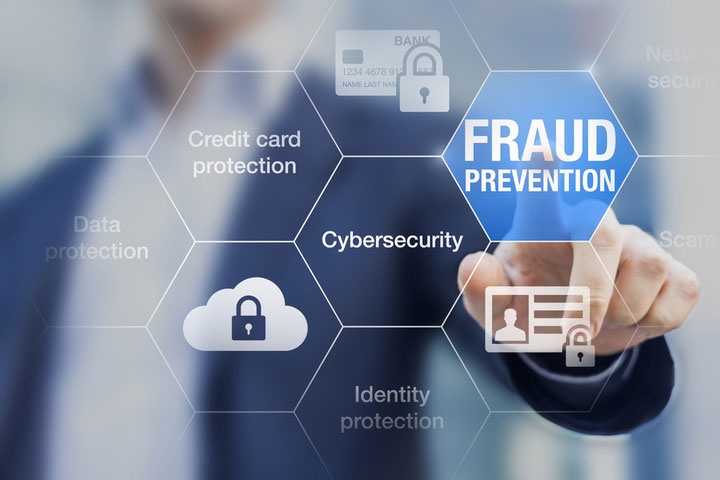Electoral fraud undermines the integrity of democratic processes and can significantly affect election outcomes. It encompasses a range of illegal activities aimed at influencing the results of an election, from vote buying and ballot stuffing to manipulating voter registration and tampering with election results. To protect the legitimacy of elections, understanding how electoral fraud occurs and implementing effective prevention and detection measures are crucial. This article explores the types of electoral fraud, the methods for preventing and detecting it, and the importance of safeguarding democracy.
Types of Electoral Fraud
Electoral fraud can take many forms, each with its own methods and impact on election outcomes. Some of the most common types of electoral fraud include:
- Vote Buying: This involves offering money, goods, or services to voters in exchange for their votes. Vote buying is often targeted at vulnerable communities and can skew election results in favor of those who can afford to buy votes.
- Ballot Stuffing: In this type of fraud, individuals add fake or duplicate ballots to the ballot box, artificially inflating the number of votes for a particular candidate or party. This can occur during the voting process or at the counting stage.
- Voter Impersonation: This occurs when someone votes on behalf of another person without their consent. This can happen when voter identification is not properly verified, allowing fraudulent votes to be cast.
- Manipulation of Voter Registration: Fraudsters may manipulate voter registration lists by adding fake voters, removing legitimate voters, or altering voter details to create confusion or prevent certain individuals from voting.
- Tampering with Election Results: This involves altering the vote counts or the transmission of results to favor a particular candidate or party. It can happen at polling stations, during data transmission, or at central tallying centers.
- Misuse of State Resources: When incumbents use government resources, including funds, transportation, and media access, to campaign for re-election, it creates an uneven playing field and constitutes a form of electoral fraud.
Preventing Electoral Fraud
Preventing electoral fraud requires a multi-faceted approach that involves robust legal frameworks, transparent electoral processes, and active engagement from civil society. Key strategies for preventing electoral fraud include:

- Strengthening Electoral Laws and Regulations: Clear and comprehensive electoral laws are essential for preventing fraud. These laws should outline the rules for voter registration, campaigning, voting, and vote counting. They should also provide for severe penalties for individuals or groups found guilty of electoral malpractice.
- Ensuring Transparent Electoral Processes: Transparency in the electoral process is crucial for preventing fraud. This includes publishing voter registration lists, conducting open ballot counts, and providing public access to election results. The use of technology, such as biometric voter registration and electronic voting systems, can enhance transparency and reduce the chances of fraud.
- Training Election Officials and Poll Workers: Properly trained election officials and poll workers are better equipped to detect and prevent electoral fraud. Training programs should focus on recognizing fraudulent activities, handling disputes, and ensuring the integrity of the voting process.
- Implementing Voter Education Campaigns: Educating voters about their rights and the importance of fair elections can help deter electoral fraud. Voters should be informed about the signs of fraud and how to report suspicious activities.
- Monitoring by Independent Observers: Independent election observers, both domestic and international, play a critical role in preventing fraud. Their presence at polling stations, during vote counts, and in the post-election period helps ensure the process is free and fair. Observers can provide unbiased reports and recommendations that strengthen electoral integrity.
Detecting Electoral Fraud
Detection of electoral fraud is as important as prevention. Without effective detection mechanisms, fraudulent activities may go unnoticed, compromising the integrity of elections. Some effective methods for detecting electoral fraud include:
- Auditing and Recounting Votes: Conducting audits and recounts can help identify discrepancies in the vote count. Randomized audits of selected polling stations or regions can serve as a deterrent to fraudsters who fear being caught.
- Using Data Analytics: Advanced data analytics can help detect patterns that suggest electoral fraud, such as unusually high voter turnout in specific areas, irregularities in voting patterns, or discrepancies between reported and actual voter numbers. Anomalies identified through data analysis should be investigated promptly.
- Cross-Referencing Voter Lists: Regularly cross-referencing voter registration lists can help identify duplicate or fake registrations. Advanced technologies, such as biometric verification, can be used to ensure that each voter is registered only once and votes only once.
- Encouraging Whistleblower Protections: Encouraging individuals to report suspected cases of electoral fraud without fear of retribution is crucial for detection. Whistleblower protections should be in place to ensure that those who expose fraud are not penalized.
- Leveraging Technology for Real-Time Monitoring: Utilizing technology for real-time monitoring of voting and results transmission can help detect fraud early. For example, mobile apps and digital platforms can be used by observers and citizens to report irregularities instantly.
The Importance of Safeguarding Democracy
Electoral fraud undermines the principles of democracy by distorting the will of the people. It leads to illegitimate governments, erodes public trust in democratic institutions, and can result in political instability and social unrest. Therefore, preventing and detecting electoral fraud is essential for maintaining a healthy democracy. Governments, electoral commissions, civil society, and the international community must work together to ensure that elections are conducted fairly, transparently, and free from manipulation.
Conclusion
Electoral fraud poses a significant threat to democratic processes worldwide. Understanding its various forms and implementing robust prevention and detection measures are essential to safeguard the integrity of elections. Transparent processes, strong legal frameworks, voter education, and technological advancements are key to combating electoral fraud and ensuring that the true voice of the people is heard in every election.
Meta Description:
Electoral fraud undermines democracy. Learn about its forms, prevention methods, and detection strategies to protect election integrity.
4o

